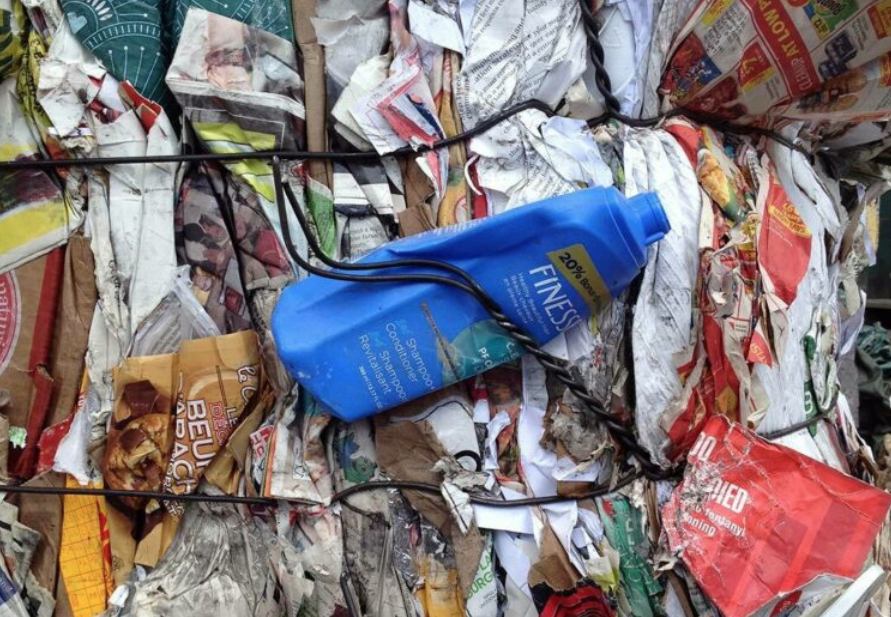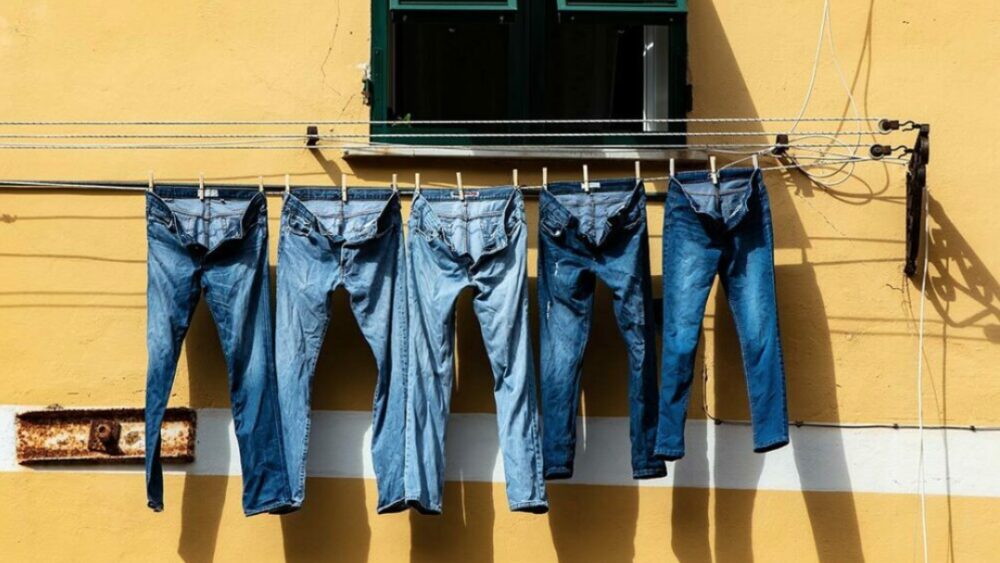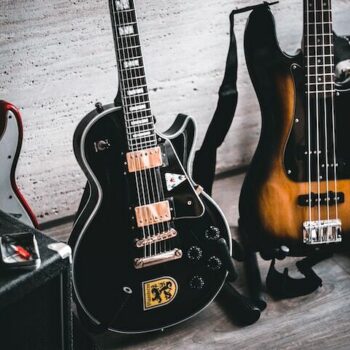Brands Committed to Sustainability Do More Than Just Talk It—They Position Themselves for the Future With Innovation.
In the fall of 2018, the hip direct-to-consumer basics brand Everlane announced that they would eliminate virgin plastics from their product lines by 2021. The first step towards this goal was their ReNew collection of fleece and outerwear made from 100% recycled plastics. Everlane also launched the Clean Silk Collection, which uses only silk made from regenerative farming methods.
The brand made a splash when they arrived on the scene back in 2010 with their transparent pricing: consumers can learn what costs are factored into the final retail price, from materials to labor to duties and transportation. Now, Everlane is bringing that same transparency to the fabrics they use in their clothes.
“Where we have come from has been more focused on the social side of manufacturing — making sure the workers are treated well and paid fairly, and that there's no human trafficking,” Kim Smith, Everlane’s head of product, told Fashionista in a recent interview. “Now, we're taking it to another level and building in the environmental and sustainable side.”
As Wired pointed out in a recent article about plastics in fashion,“ There's value in buying from companies with a clear set of values, and the story around recycled plastic makes for an easy sell: This was once a water bottle, now it's a parka.”
This “story,” which is really an innovation story, is the future of green marketing. It’s no longer enough to slap a “Made From Recycled Materials” sticker on a product, or proclaiming how many trees your brand has planted on an “About Us” page. The future of green marketing isn’t really about “marketing” at all—it’s about positioning and innovation.
Green Positioning
Michael Preysman, Everlane’s founder and CEO, told Fast Company, “Consumers don’t understand where things come from, and until you educate them, they don’t care. If there was full transparency, everybody would know the impact of fashion, and they would make better decisions.”
Embedded in that idealistic comment is a statement about Everlane’s positioning within the apparel category: Everlane is educating their audience about sustainable manufacturing, and because of this education, consumers will make the enlightened decision to buy Everlane products.
There is another upside to this positioning: by raising the sustainability stakes, Everlane is effectively excluding fast fashion competitors who don’t have the same capacity for product innovation (think: J.Crew), while also undercutting the high-priced brands that have long ruled the sustainability roost (think: Patagonia).
Both of these brands have accomplished what Everlane managed to accomplish in the apparel category: educate consumers about the environmental dangers inherent in a category, and then position their brand as the logical solution.
This lesson on green positioning is relevant to all sorts of categories. Take lawnmowers, for instance. For decades, the only choice homeowners had was between a gasoline-powered push mower and a gasoline-powered riding mower. But then consumer tastes began to change. Homebuyers began gravitating toward smaller homes with smaller yards. Consumers also became more aware of the health risks posed by gasoline exhaust, as well as the environmental cost of fossil fuel consumption.
This created an opportunity for brands such as the American Lawn Mower Co. and Fiskars, who introduced (or re-introduced) reel mowers that don’t use any gasoline or electricity but cut lawns the old fashioned way—with elbow grease and sharp blades. Much of the branding and marketing of these mowers is based around educating consumers about the dangers of gasoline-powered mowers (“With a reel mower there’s no exposure to exhaust gases”) and the environmental benefits of reel mowers (“When you remove electricity and combustion engines from lawn mowing, the benefits to your health and the environment’s are many”).
Both of these brands have accomplished what Everlane managed to accomplish in the apparel category: educate consumers about the environmental dangers inherent in a category, and then position their brand as the logical solution.
Green Innovation
In order to effectively pull off what Everlane and the reel mower brands did with their positioning, a brand must have the capacity, and the drive, to create innovative green products. If current category leaders don’t invest in research and development, they leave themselves open to disruption by start-ups who can more quickly concept and manufacture cutting-edge, eco-friendly products. However, for brands that are open to innovation, the green revolution represents opportunity for growth.
A good example of this sort of opportunity is the conversation happening right now in the denim space. According to a recent article in Fast Company, “Two billion pairs are sold globally every year, and this is expected to grow by 4.9% over the next five years. Right now, the vast majority of all clothes—including jeans—end up in landfills at the end of their life cycle, according to the Environmental Protection Agency. And thanks to the skinny-jean trend, most jeans have plastic-based spandex or elastane in them that will not decompose.”
To make matters worse, many brands use toxic chemicals to distress jeans, which, beyond the obvious health hazards, make it harder for the jeans to be recycled.
To combat these dangers and inefficiencies, a group of big denim brands, including Gap, H&M, Lee, and Tommy Hilfiger, have recently come together to start a new project called The Jeans Redesign. This collective effort among major denim manufacturers hopes to reduce the carbon footprint of jeans.
Of course, a few eco-conscious brands, such as Patagonia, Reformation, and, yes, Everlane, have been creating responsibly-made jeans for years, and the more they educate their consumers about the dangers of traditional chemical washing and elastane, the more denim consumers will come to expect a similar level of commitment from other brands.
How category leader Levi’s has responded is instructive. Instead of just sticking their heads in the sand and hoping all this concern is just a passing green fad, they have innovated. In 2018, Levis began using lasers instead of chemicals to distress their jeans. This effort is part of a larger future-focused initiative at Levis called Project F.L.X, which “digitizes the design and development of denim finishing and enables a responsive and sustainable supply chain at an unparalleled scale.”
As the fashion website Highsnobiety illustrates in this video, not only is this process more sustainable, it’s also really cool to watch. In the future, it will also enable consumers to custom-distress their own jeans.
How BMDG Can Help Your Brand Turn the Green Revolution Into an Opportunity
Here at Britton Marketing & Design Group, we have more than a decade of experience helping brands such as Peter Millar and Arhaus concept and market innovative products to meet the changing wants and needs of their consumers. Part of our audience targeting process involves examining "white space" within a category, and then working with brands to fill that space with products the audience might not even know they desire.
More importantly, BMDG is focused on the health and well-being of our planet, and our local community. We love nothing more than working with brands that are committed to creating a cleaner, safer, and more sustainable future for our children. At our core, we are an agency committed to the things that matter most in life: getting involved, giving back, and making memories with family and friends.
Photos: Everlane





